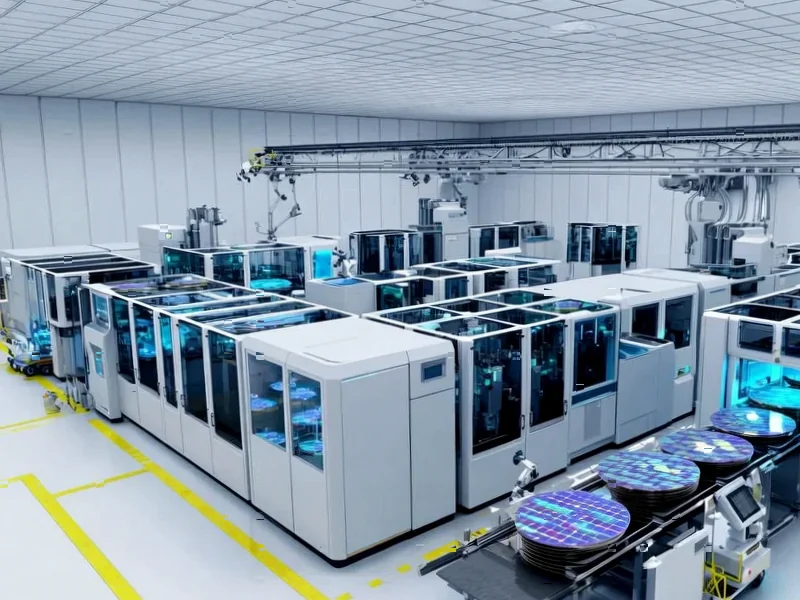According to Wccftech, China is providing substantial energy incentives to domestic cloud service providers to offset the poor power efficiency of local AI chips from Huawei and Cambricon. Chinese chips are reportedly 30% to 50% less power efficient than NVIDIA’s H20 AI chip, causing electricity costs to skyrocket for data centers. Local governments in Gansu, Guizhou, and Inner Mongolia are now offering subsidies that slash electricity bills by up to 50% for facilities using domestic chips. Data centers using foreign chips like NVIDIA’s don’t qualify for these incentives. Companies like Huawei are reportedly compensating for performance gaps by increasing power consumption or combining thousands of chips into massive clusters. This comes after China effectively blocked NVIDIA’s AI chips from its market.
<h2 id="power–problem“>The brute force approach
Here’s the thing about AI chips – efficiency matters way more than people realize. When your chips are 30-50% less efficient, you’re basically burning money with every calculation. And that’s exactly what’s happening with China‘s domestic AI chips compared to NVIDIA’s offerings.
So how do companies like Huawei claim to compete? They’re taking the brute force approach. Instead of making more efficient chips, they’re just throwing more power at the problem or combining thousands of chips into massive clusters. It’s like trying to win a race with a hundred scooters instead of one fast car.
Playing the subsidy game
Now, cutting electricity bills by 50% is no small thing. Data centers are massive power hogs even with efficient chips. With inefficient ones? Their energy costs would be absolutely astronomical without government help.
But there’s a bigger picture here. China’s making a calculated bet that they can essentially buy time for their domestic chip industry to catch up. They’re willing to eat the cost of these subsidies now to prevent American technology from dominating their AI infrastructure. It’s expensive, but probably cheaper than being completely dependent on foreign chips in the long run.
The long road ahead
Let’s be real though – subsidies can only paper over technical deficiencies for so long. Power efficiency isn’t just about electricity bills. It affects everything from cooling requirements to physical space needs to reliability.
And China’s chip industry faces multiple hurdles beyond just architecture. They need advanced semiconductor production, high-bandwidth memory, and sophisticated packaging capabilities. That’s not something you develop overnight, even with unlimited government support.
Basically, China’s chosen the hard path. They’re betting they can subsidize their way through the efficiency gap while their domestic industry plays catch-up. It’s a massive gamble, and the electricity bills are just the most visible cost.




